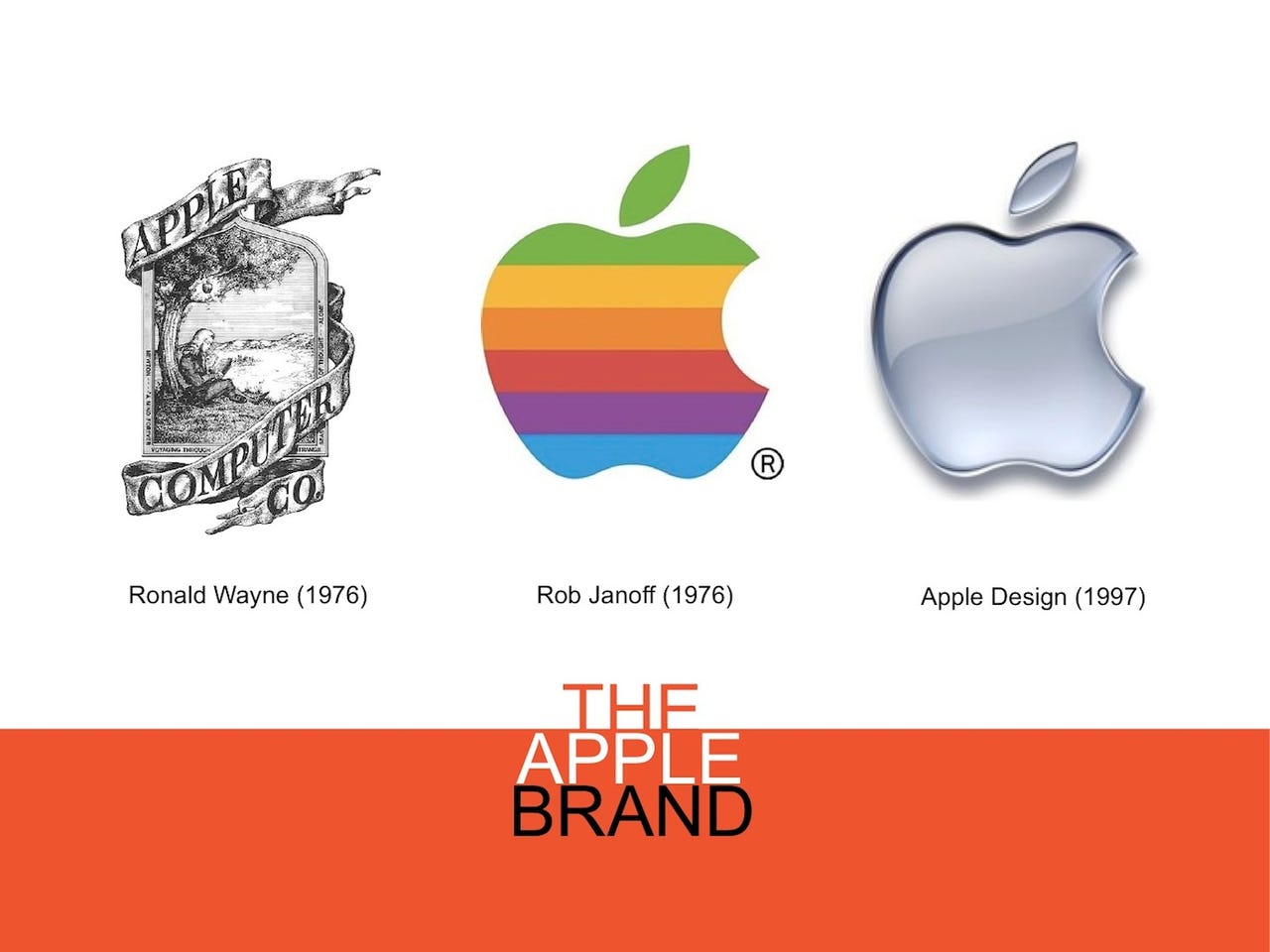iPrototype to product: Inside the design of Apple's most iconic devices


The key to creating a great work of art, literature or media is the ability to see in advance how things will pan out. The greatest designers, whether they work with paint, words, or footage, can see where their characters are going, the changes they needed to make in order to get there, how those changes impact on consumers of their art, and what the endgame is.
You wouldn't think that those principles and that vision apply to something like designing computers, but you'd be wrong not to think that, says Heltmut Esslinger, the head of San Francisco-based Frog. Esslinger has been in the design business for over 40 years, and his company Frog has been one of the most influential tastemakers in the electronics and consumer products business (the designer of products including the Sony Trinitron TV, the full line of AEG electronics, the Acer Inspire) and the entire early line of Apple products, from the Apple IIC to the Laserwriter to the early Macintoshes.
But Esslinger's impact on Apple goes far beyond those designs. In a presentation Esslinger recently made in Israel about his work with Steve Jobs in designing the Apple line, it was clear that he and Jobs had a far-ranging view of where they wanted Apple to go.
Yesterday's prototypes, today's products
The two saw it all: the slides Esslinger presented showed the early prototypes of what would become the iPhone, iPad, and MacBook, the devices and computers that have set the tone for the entire electronics industry. Little did Esslinger and Jobs know that, for example, the 'Bashful' prototype that they designed would one day grow up to be the iPad, and with it popularise a whole new sector of computing, based on a drawing made way back in 1982. Or did they?
It could be they didn't have the term down pat, but, said Esslinger, he and Jobs knew that their designs would have a major impact on the industry. That's because they were thoughtfully done, with just that purpose in mind, Esslinger told an audience at the annual Innovex show outside Tel Aviv recently.
"Creativity is actually a genetic ability to ask questions about people. Their thoughts and their brains work a little differently naturally," Esslinger said. But it's not just ideas and innovation: "Creative people also have the ability to influence their company, transfer their ideas map and so on so that they are understood and can be applied to them, and in all fields, from business, through technology and resource management."
"When I started working with Steve Jobs," Esslinger said, Jobs told him that he wanted the design of Apple's computers to "not only be the best in the computer industry, but in the world."
Jobs was dissatisfied with what the company had come up with, and hired Esslinger (who himself was just starting out in design at the time) to come up with something "different." Thus was born, Esslinger said, 'Project Snow White,' where Apple, together with Frog Design (the earlier moniker of Frog), came up with different iterations of Apple's desktops, including the planning and design of the Apple IIC, which was named Design of the Year by Time magazine in 1984.
But even the most creative geniuses need inspiration, and for Steve Jobs, that may have been during a famous visit to Xerox Parc. But for Esslinger, the point is even if the Parc visit provided inspiration, design was the key — the computer as part of the culture and image Apple was trying to promote. Esslinger's answer "was for design to follow emotion," not utility.
"Our great challenge was to release the Apple products from their 'professional' appearance, which was too cumbersome for what we were trying to achieve. For us, Apple was like a young, smart sporty girl of 18 or so, and that's how we wanted to brand our products." Since then, of course, "the Apple brand has matured and is now an elegant, grown-up lady," Esslinger said.
It was a great adventure, but things began unravelling soon after. Internal politics began invading the design process, according to Esslinger, while some of the Apple products including the Apple III and Lisa dimmed Apple's star.
Even the Mac, which Jobs and Apple had invested so much effort in, became a victim of politics. "There was opposition to it even in Steve's own group," Esslinger said. "The original Mac in 1984 wasn't so good. It was too expensive and not well designed. The Mac SE was a major step-up."
That Jobs' vision of design as the leader for utility was the right one became evident after he was dumped by the company in 1985, coinciding with the expiration of Frog Design's contract with Apple, which was not renewed. Jobs' replacements, John Sculley and Jean Louis Gassee, "did not care about design," said Esslinger, and it showed in the products the company designed. Jobs meanwhile went on to found NeXT, where he worked with Esslinger on design. And when Jobs returned to Apple in 1997, Frog Design came along as well.
In a sense, Apple's biggest-selling products today are the logical outcomes of the vision of Esslinger and Jobs back in the early 80s — the early prototypes and designs are today full-fledged products. In 1982 they had already designed a laptop, in which you can see the future PowerBooks and MacBooks; in 1985 they designed a phone with a write-on tablet, presaging the iPhone and iPad; and in 1985, they came up with the Mac Modular, which extended the company's idea of coming up with products and software to complete the user experience (exactly the same concept that guides the iPhone/App Store complex). It was all there, on paper and in prototypes.
The question for Apple now, said Esslinger, is where Apple goes next. The rules haven't changed since Jobs and Esslinger worked on those initial designs. "Steve wanted the best design in the world," said Esslinger, "Friendly, as small as possible, the best technology, and with the attitude of the young American traditions that had taken root, like rock n' roll. As Steve used to say, design doesn't belong five levels below, as so many of Apple's competitors seemed to think. It belongs at the top level. I think Apple has proven that over the years."